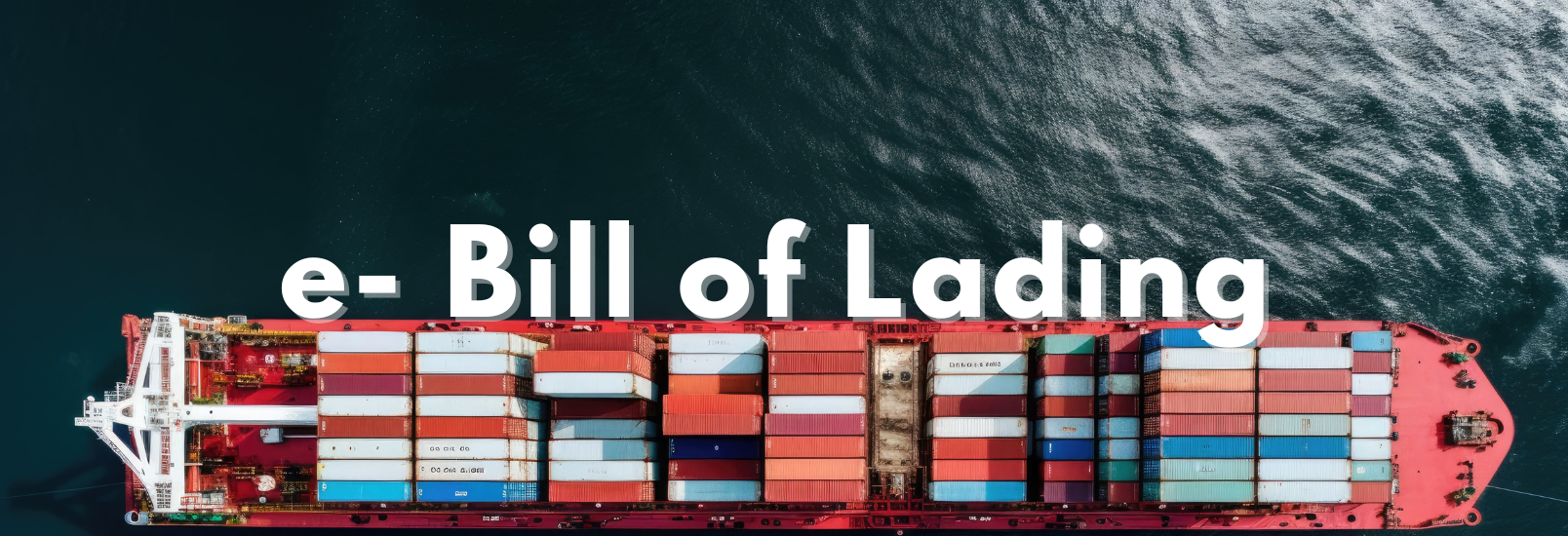With the help of the Legal Entity Identifier (LEI) effort, a worldwide reference data system that can identify each legal entity or structure involved in a financial transaction in any jurisdiction will be established.
The Global LEI System (GLEIS), which has the support of the G20, must be established in order to enhance systemic risk monitoring and measurement. Global, standardized LEIs will solve long-standing problems with entity identification worldwide and help regulators and businesses evaluate and manage counterparty exposure more efficiently. Local Operating Units (LOUs), which are required to be sponsored by local regulators in order to assign and maintain LEIs to enterprises on a cost-recovery basis, were established to facilitate the global allocation of LEIs.
Under European Market Infrastructure Regulation (EMIR), the European Securities and Markets Authority (ESMA) has mandated the use of the LEI for the reporting of derivative transactions to Trade Repositories. Market operators are required to compile an LEI for each issuer whose securities are allowed to trading under MiFID II and the Market Abuse Regulation (MAR). It will be necessary for all investment businesses covered by MiFID II to keep a current LEI. Companies that are required to report transactions under MiFID II will not be allowed to conduct a trade on behalf of a client who qualifies for an LEI but does not currently have one.
Several EU directives and rules, including the following, already mandate the usage of an LEI:
Issuers of financial instruments listed on regulated markets are subject to the Transparency Directive.
The Securities Financing Transactions Regulation (SFTR) governs the rights and obligations of parties participating in securities financing transactions as well as those who benefit from them.
Issuers of securities authorized to trading on a regulated market located in or functioning out of an EU member state are subject to prospectus regulation.
Refer to the section below specifically about the Markets in Financial Instruments Regulation (MiFIR) and the Markets in Financial Instruments Directive II (MiFID II).
Other regulators, such as those in the US, Canada, and Asia-Pacific, have mandated the use of the LEI or are in the process of doing so.
An LEI may be requested by any legal organization.
The phrase "legal entity" refers to specific parties that, whether or not they are incorporated or constituted in another way, are legally or financially liable for carrying out financial transactions or who possess the authority to enter into independent contracts under the laws of their respective jurisdictions (e.g., trust, partnership, contractual). It includes people acting in a business role but excludes natural beings. Governmental agencies and supranationals are also included.
Through a free, public database that is updated every day, the LEI offers a distinctive identity for all entities involved in financial transactions that may also be utilized internationally.
This shared framework is essential for performing market monitoring, establishing transparency, and precisely identifying each exposure for risk management of financial transactions. Businesses can also reap real benefits from using the LEI, such as easier regulatory reporting, cost-free database maintenance, more precise counterparty exposure calculations, enhanced risk management, and higher operational efficiencies.
As a dependable, transparent, standardized, and superior legal entity with reference data disseminated throughout the market, the LEI will offer advantages in this regard with respect to expenses and new business prospects.
Getting an LEI is really simple. Users can obtain the reference data linked to an LEI or determine whether an entity has one by using the search tool.
It should be mentioned that a legal entity is not required to work with a domestic LEI issuer. Legal entities are able to select the LEI issuer of their choice in accordance with their own unique requirements and financial constraints. Depending on the LEI issuer, different LEIs have different costs. All LEI issuers, however, must operate on a cost-recovery basis; in addition, competition among all LEI issuers sets a cap on the amount that each issuer may charge. Additionally, the GLEIF proposed the idea of the Validation Agent to expedite the issue of LEIs.
A Validation Agent facilitates legal entities' access to the network of LEI issuing companies that handle LEI issuance and associated services. You may find out more about this facility by clicking this link.
Once the LEI issuer has been selected, the applicant entity must send a request to that issuer, confirm its submission, pay for the LEI code registration, and supply the legal entity reference data, which includes the entity's name, address, and legal form as well as its ultimate parent owner (who owns more than 50% of it).
Upon completion of the aforementioned stages, an LEI is issued, depending on the LEI issuer, within 24 to 48 hours. Each legal entity is required to pay an annual maintenance charge in order to guarantee that the reference data pertaining to its own LEI code registration is current.
The following entities must be identified through the LEI according to the Markets in Financial Instruments Regulation (MiFIR):
The aforementioned entities, regardless of their place of operation or legal base, must be recognized with an LEI, even if they were not previously required by law to do so. Before a transaction occurs, an investment firm covered by MiFIR Article 26 should have the necessary systems in place to gather and confirm its client's LEI. Investment businesses must specifically make sure that the code is relevant to the client in question, that its length and structure comply with ISO 17442, and that it is listed in the Global LEI database.
If a customer is a legal entity or structure, such as a charity or trust, and it wishes the investment firm to continue acting with its instructions or decide to trade on its behalf starting on January 3, 2018, it must arrange to receive an LEI code. The LEI of the issuer of the financial instrument admitted to trading or exchanged on the trading venue operated by a person reporting under MiFIR Article 27 should be collected and verified by the operator of the trading venue.
Operators of trading venues are especially required to make sure that the code is relevant to the issuer in question, that its length and structure comply with ISO 17442, and that it is listed in the Global LEI database.
The financial instrument's issuer's LEI is essential for market monitoring as well as Know Your Customer (KYC) and Anti-Money Laundering (AML) procedures. To ascertain which national supervisor is in charge of keeping an eye on market activity in pertinent products, including derivatives and bonds, the LEI code registration is required. According to MiFIR, the competent supervisor for these instruments should be the one in the issuer's registered office location; the registered office's location is only disclosed in the LEI reference data.
It will be impossible to determine which supervisor is in charge of a particular financial instrument if the LEI is missing or erroneous, and the instrument may be allocated to the incorrect supervisor.
The implementation of the Legal Entity Identifier (LEI) system is a pivotal step towards enhancing transparency, risk management, and regulatory reporting in financial markets globally. Endorsed by the G20 and mandated by various regulations such as MiFID II, EMIR, and MAR, the LEI provides a standardized and reliable method for identifying legal entities involved in financial transactions. The LEI system not only aids in regulatory compliance but also brings significant benefits to businesses by simplifying processes, improving risk management, and increasing operational efficiency.
Despite some challenges, such as ensuring the accuracy of reference data, the LEI framework supports crucial Know Your Customer (KYC) and Anti-Money Laundering (AML) initiatives, contributing to a more secure and well-regulated financial ecosystem. ESMA's strict stance on maintaining the necessity of reporting LEI information underscores the importance of this system in market surveillance and regulatory oversight.
In conclusion, the LEI system represents a significant advancement in the financial industry's infrastructure, fostering a more transparent, efficient, and risk-aware global marketplace. The ongoing commitment to keeping LEI data current and accurate is essential for maximizing the benefits and effectiveness of this system.









